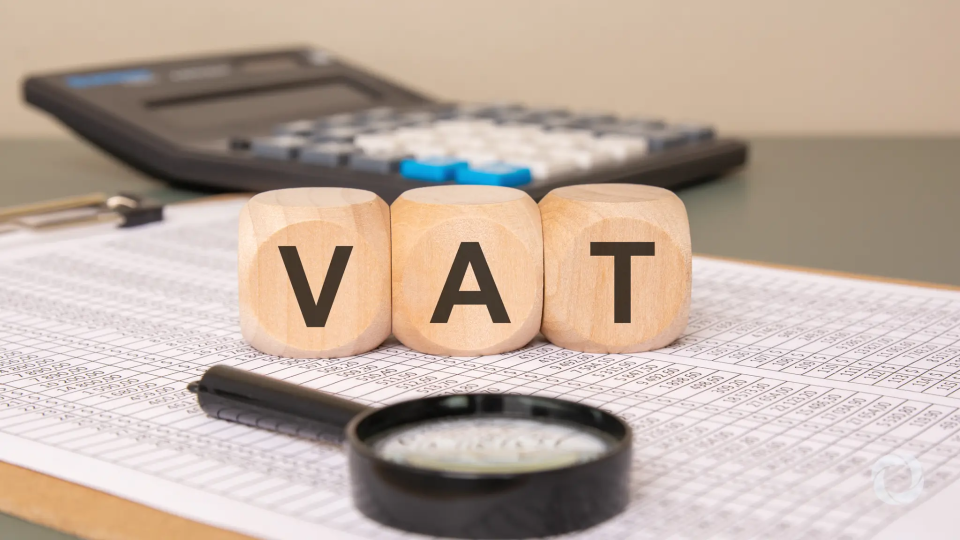The rapid expansion of the digital economy has outpaced traditional tax systems, creating significant challenges for governments—especially in developing countries. As multinational enterprises (MNEs) increasingly operate across borders without a physical presence, taxing their profits has become a complex and often elusive task. While global initiatives like the OECD/G20 BEPS project aim to address profit shifting and base erosion, many of these reforms are designed with developed economies in mind and remain difficult to implement in lower-capacity jurisdictions.
In this context, Value Added Tax (VAT) emerges as a pragmatic and powerful tool for improving public finances. Unlike corporate income tax, VAT is consumption-based and less dependent on the location of business operations. It can be applied to digital services and goods sold across borders, making it particularly well-suited to the realities of the digital economy.
For developing countries, VAT offers several advantages. First, it is relatively easier to administer, especially when paired with digital technologies. Online platforms, e-invoicing systems, and real-time reporting tools can automate VAT collection and reduce compliance gaps. Second, VAT is resilient to tax avoidance strategies that plague corporate taxation. Since it is collected at each stage of the supply chain, it creates a self-enforcing mechanism that encourages accurate reporting.
Recent innovations in tax technology—such as digital tax stamps, blockchain-based invoicing, and AI-driven audit systems—have further enhanced the effectiveness of VAT. These tools allow tax authorities to monitor transactions in real time, identify anomalies, and improve enforcement without increasing administrative burdens. For example, countries like Rwanda and Chile have successfully deployed electronic invoicing systems that dramatically improved VAT compliance and revenue collection.
Moreover, VAT can be tailored to include digital services provided by foreign suppliers. By requiring platforms like streaming services, online marketplaces, and cloud providers to register for VAT and remit taxes on sales to local consumers, governments can tap into previously untaxed revenue streams.
However, successful implementation depends heavily on learning from international experience. Countries that have adopted digital VAT tools offer valuable lessons in system design, taxpayer communication, and enforcement strategies. Sharing best practices through regional forums and technical assistance programs can help avoid costly missteps and accelerate reform.
Equally important is the harmonization of VAT systems across borders. As digital transactions often span multiple jurisdictions, inconsistent VAT rules can lead to double taxation, compliance burdens, and revenue leakage. Coordinated approaches—such as common definitions, thresholds, and reporting standards—can reduce friction and foster a more equitable global tax environment.
In sum, while the digital economy presents formidable tax challenges, it also offers an opportunity to modernize fiscal systems. By leveraging VAT, embracing technology, and aligning with international best practices, developing countries can strengthen their revenue base, reduce reliance on external aid, and finance critical public services in a fair and sustainable way.

